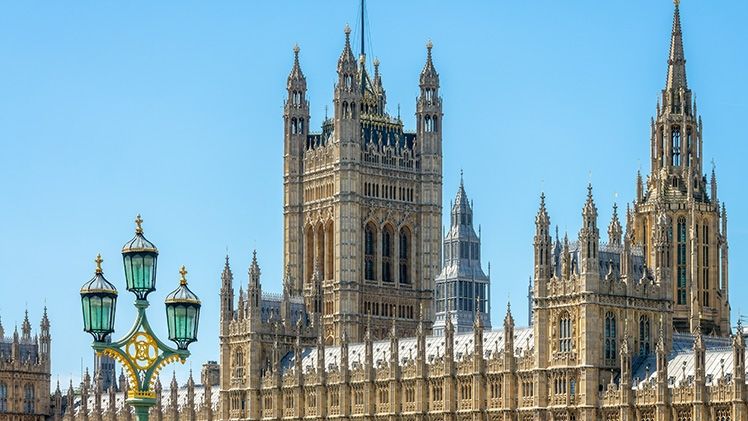United Kingdom – 2024-2025 Scenario: start of a sluggish growth cycle
- 2024.22.04
- 0
- Download the publication (PDF - 636,17 KB)

- Summary
- Recent economic news
- Households
- Businesses
- International trade
- Public finances
- Monetary policy
- Risks
- The scenario in figures
- The scenario in pictures
In summary
The UK experienced almost zero growth in 2023, posting a slight recession in the second half as tight monetary policy weighed on demand. Inflation fell more sharply than expected, from 11.1% year-on-year in October 2022 to 4% in December 2023, pulled down by energy prices and moderating inflation in industrial goods.
Inflation is expected to drop below target in Q2 2024 due to another decline in gas and electricity prices on April 1st, before returning slightly above target in H2 2024. This should not prevent the BoE from embarking on a very gradual monetary easing cycle in June.
Household consumption is likely to be the main driver of the expected recovery this year, driven by solid growth in real income, supportive labour market conditions and signs of improvement in the housing market. The acceleration in economic activity should boost employment, keeping the unemployment rate low. That said, the potential for economic recovery may be hampered by high rates, weak external demand and deteriorating competitiveness.

Our scenario now forecasts UK GDP growth of 0.5% for 2024 and 1.4% for 2025, versus 0.3% and 1.2%, respectively, three months ago. The main factors behind this improvement are the slight fiscal easing announced in the Spring Budget, presented in March, alongside downward revisions to inflation forecasts and the Bank of England (BoE) key rate relative to three months ago.
Slavena NAZAROVA, Economist - United Kingdom, United States, Ireland
